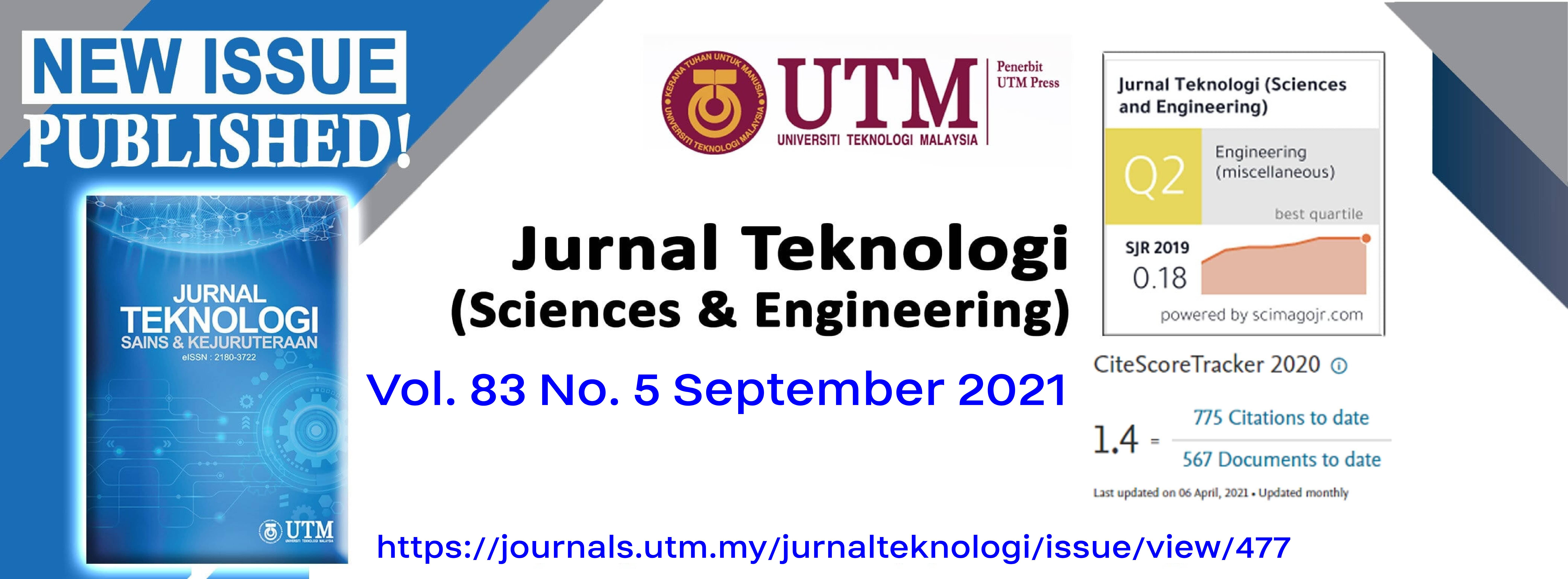MECHANICAL AND PHYSICAL PROPERTIES OF THERMOPLASTIC CORN STARCH
DOI:
https://doi.org/10.11113/jurnalteknologi.v83.16576Keywords:
Thermoplastic, corn starch, glycerol, biodegradable, compositeAbstract
The awareness to produce biodegradable composite has increased rapidly because of non-toxic and reachable. However, fully biodegradable composite production still low due to the matrix used in the composite is not biodegradable. Thus, this paper presents the study on mechanical and physical properties for the mixtures of corn starch (CS) with different weight percentages of glycerol as thermoplastics corn starch (TPCS) matrix. The selected glycerol contents were at 30, 35 and 40 wt%. The mixtures of CS and different weight percentages of glycerol were made using hot compression moulding at 165°C for 15 minutes to produce the TPCS samples. The mechanical and physical properties were done: the tensile test, hardness test, water absorption test, moisture content test and microstructure analysis under the Scanning Electron Microscopes (SEM). Incorporating 30 wt% loadings of glycerol has increased the tensile strength and hardness. The results show that the addition of higher than 30 wt% loadings of glycerol has decreased the tensile strength and hardness of the TPCS. The physical test results for 30 wt% loadings of glycerol for water absorption test and moisture content show the lowest value than other TPCS samples. However, the density value for all wt% loadings of glycerol does not offer much difference. It reveals that 30 wt% loadings of glycerol in the mixture of CS have shown a good interaction in the TPCS mechanical properties. Based on this finding, the TPCS has huge potential to be used as a matrix to develop a fully biodegradable composite.
Downloads
Published
Issue
Section
License
Copyright of articles that appear in Jurnal Teknologi belongs exclusively to Penerbit Universiti Teknologi Malaysia (Penerbit UTM Press). This copyright covers the rights to reproduce the article, including reprints, electronic reproductions, or any other reproductions of similar nature.
















